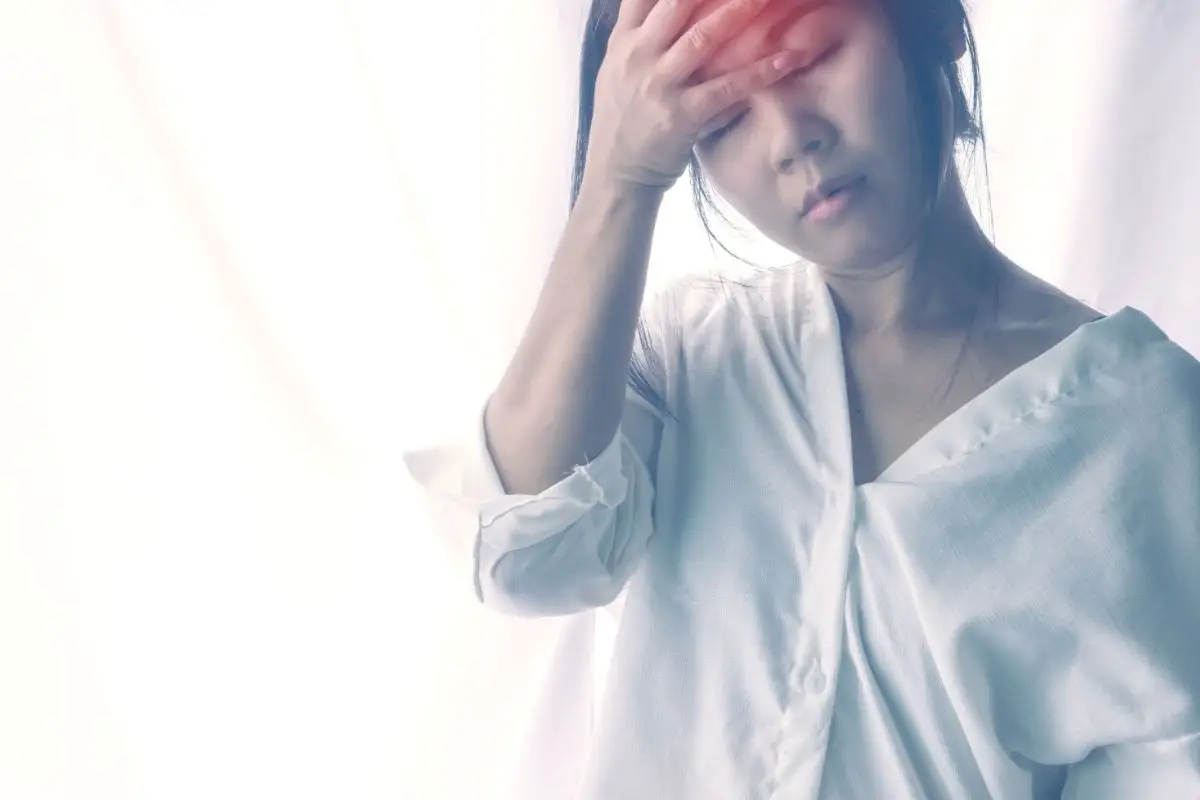Although I initially purchased an acupuncture pen to treat general aches and pains, I became obsessed with the treatment when I found out that it could also relieve the symptoms of my vertigo! To learn about acupuncture pen points for vertigo, check out our ultimate guide below.
If you’re skeptical about the effectiveness of such treatment for vertigo… don’t worry. So was I! However, I promise you and you will be convinced in no time. In fact, acupuncture has been used for thousands of years in Traditional Chinese Medicine to treat the symptoms associated with vertigo – so why not give it a try?
What Is Vertigo?
Vertigo is an illusion of spinning or movement, usually accompanied by nausea. It may be caused by inner ear problems, such as hearing loss or damage to the vestibular nerve.
Other causes include head injury, stroke, multiple sclerosis, and other neurological disorders. Symptoms of vertigo include dizziness, blurred vision, headaches, nausea, and vomiting.
How Does Acupuncture Work To Treat Vertigo?
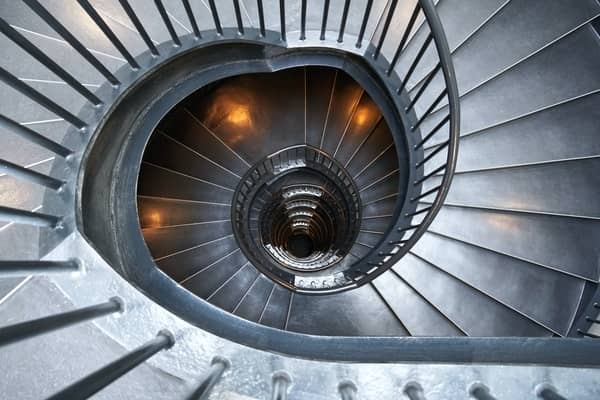
The exact mechanism of action isn’t completely understood, but there are three main ways acupuncture could work to relieve vertigo.
Firstly, acupuncture stimulates the release of endorphins into your system. Endorphins are natural opiates that reduce feelings of anxiety and depression.
The second way that acupuncture can treat the symptoms of vertigo is by increasing blood flow to the brain. This will improve oxygenation and circulation.
Finally, acupuncture can also activate the vagus nerve. The vagus nerve controls the heart rate and regulates the respiratory system.
Regardless of the process, it is now widely accepted that acupuncture can significantly reduce the symptoms of vertigo. Check out this 2015 study.
Acupuncture Pen Points For Vertigo
We can separate acupuncture pen points for vertigo into two groups: those that work for peripheral vertigo and those that work to balance the autonomic nervous system.
You can choose to focus on one particular group, or use a combination of the two, depending on your needs.
For Peripheral Vertigo
Check out the acupuncture pen points for peripheral vertigo below.
Acupoint: TE-17 (Other Names: Triple Energizer-17/Yi Feng/Wind Screen)
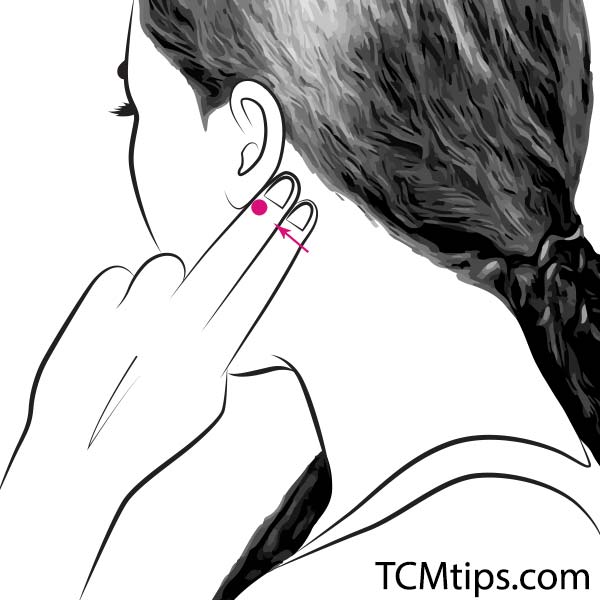
Yifeng, or TE-17, is located behind the earlobe. You can find the acupoint in the depression between the mastoid process of the temporal bone and the posterior border of the mandibular ramus of the mandible. It is understood that this acupoint works to enhance the function of the inner ear. It can also help relieve the symptoms of tinnitus. To learn more about this acupoint, take a look at this article about acupressure points for vertigo.
Acupoint: GB-20 (Other Names: Gallbladder-20/Feng Chi/Wind Pool)
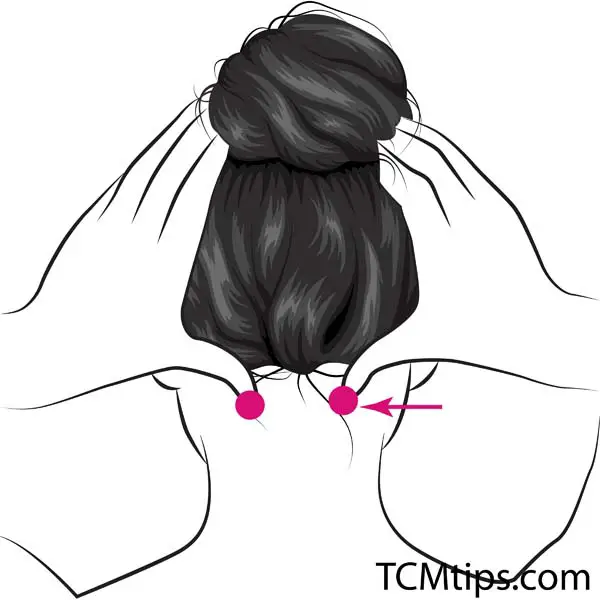
Fengchi, or GB-20, is located on the nape of the neck. It belongs to the gall bladder meridian and is understood to aid significantly with vertigo and dizziness. It is also a useful point for relieving symptoms of the common cold.
This point works well with acupuncture points for relaxation.
For Balancing The Autonomic Nervous System
Check out the acupuncture pen points for balancing the autonomic nervous system below.
Acupoint: GV-20 (Other Names: The Governing Vessel-20/Bai Hui/Hundred Convergence)
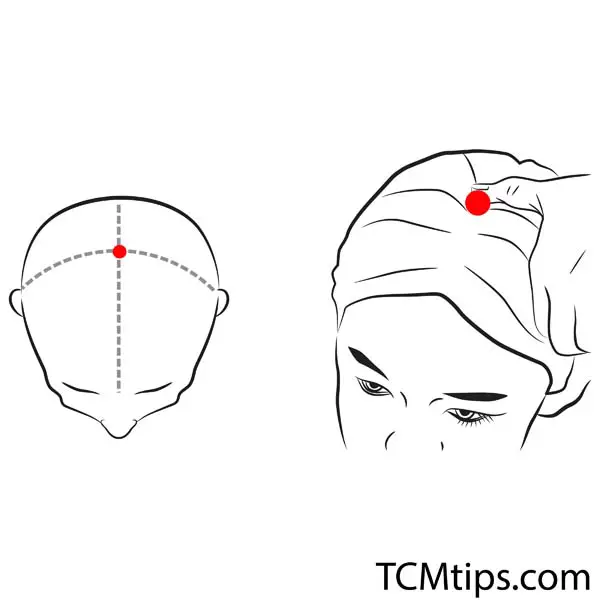
Bai Hui, or GV-20, is located on the top of the head. It is mainly understood to be good at relieving headaches, dizziness, and hypertension, thanks to the way it can rebalance the autonomic nervous system.
It is also thought to help people with low energy. To learn more, take a look at this article about acupressure points for chronic fatigue.
Acupoint: PC-8 (Other Names: Pericardium-8/Lao Gong/Palace of Toil)
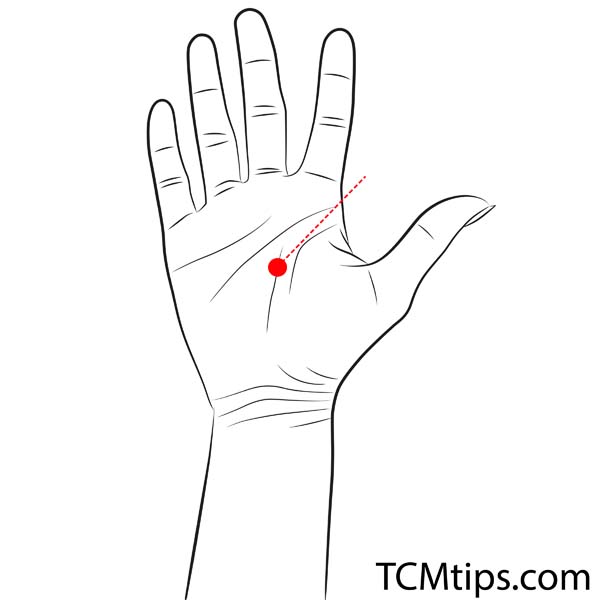
Laogong, or PC-8, is located at the center of the palm and belongs to the Pericardium Meridian. This point is great for stress, palpitations, and distress. This acupoint is also good for people going through menopause.
If this interests you, take a look at this article about acupressure points for menopause.
Acupoint: PC-6 (Other Names: Pericardium-6/Nei Guan/Inner Pass)
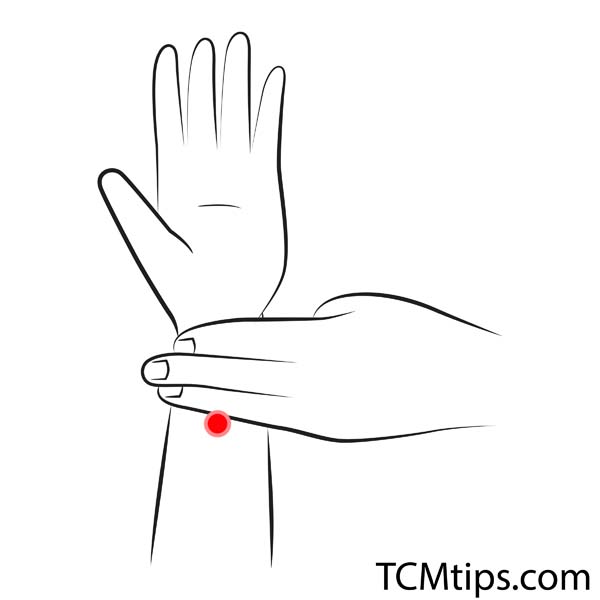
Neiguan, or PC-6, is located on the forearm. This point is also a part of the Pericardium Meridian. It is a very versatile acupoint that is understood to relieve dizziness, nausea, palpitations, and other symptoms of vertigo.
This acupoint is also useful for nerve pain. To learn more, take a look at this article about acupressure points for shoulder and arm nerve pain.
How Do I Use An Acupuncture Pen For Vertigo Relief?
Now that you know the acupuncture pen points for vertigo, you’re likely wondering, ‘how do I use an acupuncture pen for vertigo relief?’.
Using an acupuncture pen is very simple. Generally speaking, you just need to direct the pen towards the desired acupuncture point and hold it there for a few seconds.
You may also need to apply a cream or gel before using it. Take a look here to learn how to use an acupuncture pen.
How Long Will The Effects Last After Using An Acupuncture Pen For Vertigo?
According to Chinese medicine, acupuncture has long-lasting effects. However, the length of time depends on several factors.
The frequency of your treatment will affect how long the relief of your symptoms lasts, as will the type of acupuncture treatment you receive. Clinical trials suggest that if you combine acupuncture with Western medicine and treatments, then you could see even better and longer-lasting results.
Your overall health and any ongoing health conditions can also change how you react to treatment and how effective it is. Individual studies show how different people react to acupuncture treatment.
Acupuncture is not intended to cure any disease; it is designed to balance the energy in your body and restore its natural harmony. This means that you should consider it as a temporary relief from the symptoms of health conditions rather than a permanent cure.
What Are The Side Effects Of Acupuncture Pens?
There is very little risk associated with using an acupuncture pen. In fact, it is considered to be a safer treatment than traditional acupuncture because there are no hygiene concerns, and it is not invasive.
However, there are some very rare side effects that you should keep an eye out for. Specifically, you may feel dizzy, nauseous, or unwell temporarily after treatment. If this is the case, you should consider lowering the frequency of your treatment.
Additionally, you should avoid using the acupuncture pen on very sensitive or swollen areas. If you’re unsure, it is always a good idea to check with a medical professional before using an acupuncture pen.
Other Benefits Of Acupuncture Pens
Acupuncture pens are super versatile devices. In addition to treating symptoms of vertigo, they are useful for treating a wide range of physical, emotional, and cosmetic concerns. Some popular uses of acupuncture pens are:
- Relieving muscle pain
- Relieving joint pain
- Reducing symptoms of an anxiety disorder (take a look at this article about acupuncture pens for anxiety for more information. )
- Reducing symptoms of depressive disorder
- Increasing blood circulation
- Tightening sagging skin
If you’re still not convinced of the wonderful benefits of using an acupuncture pen, take a look at this article titled Do Acupuncture Pens Work. Trust me, you’ll be an acupuncture enthusiast in no time!

Try our Anti-Aging Gua Sha Tool designed to bring out your skin’s natural glow.
Best Gua Sha Product- Anti-Aging: The tool is designed to target 11 specific aging signs such as wrinkles and sagging skin. By following the 7-step routine, users can improve skin firmness and reduce fine lines naturally.
- Enhances Skincare Routine: It works effectively with serums and lotions, boosting absorption and efficacy of skincare products.
- Visible Skin Improvement: Users can expect a smoother complexion, reduced puffiness, and a more youthful appearance.
 P. Sze
P. Sze 